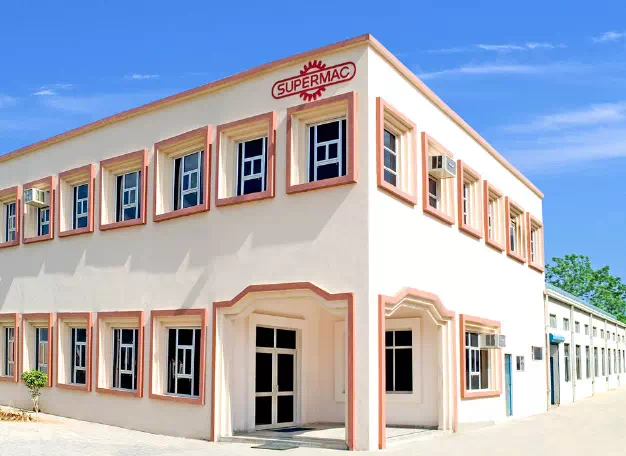Introduction
Electrical distribution is a fundamental aspect of modern electrical systems, responsible for delivering electricity from generation sources to end-users efficiently and safely. It encompasses a complex network of equipment and processes designed to ensure that electrical power is reliably and consistently distributed to residential, commercial, and industrial users. Understanding the intricacies of electrical distribution is crucial for optimizing power delivery and maintaining the integrity of the electrical grid.
What is Electrical Distribution?
Electrical distribution refers to the process of delivering electrical power from high-voltage transmission lines to end-users through a network of lower-voltage distribution lines. This process involves several stages and components, each playing a vital role in ensuring the safe and efficient delivery of electricity.
Key Components of Electrical Distribution
Substations: Substations are crucial nodes in the electrical distribution network. They receive high-voltage electricity from transmission lines and use transformers to step down the voltage to a level suitable for distribution. Substations also house various switchgear and control equipment to manage the flow of electricity.
Transformers: Transformers are essential for adjusting voltage levels within the distribution network. Distribution transformers reduce the voltage from primary distribution lines to the lower voltages required by end-users, such as households and businesses.
Distribution Lines: These are the network of overhead or underground cables that carry electricity from substations to consumers. They are typically operated at lower voltages compared to transmission lines and are divided into primary and secondary distribution lines.
Switchgear: Switchgear includes various electrical devices, such as circuit breakers, switches, and fuses, that are used to control, protect, and isolate electrical circuits. Switchgear helps in maintaining the reliability of the distribution network by allowing operators to manage power flow and isolate faults.
Meters: Electrical meters are installed at consumer premises to measure the amount of electricity consumed. They provide essential data for billing purposes and help in monitoring and managing electrical usage.
Circuit Protection Devices: These include fuses and circuit breakers designed to protect the electrical distribution system from overloads and short circuits. They help in preventing damage to equipment and reducing the risk of electrical fires.
Benefits of an Efficient Electrical Distribution System
Reliable Power Supply: An efficient electrical distribution system ensures a stable and continuous supply of electricity to consumers, minimizing the risk of power outages and disruptions.
Improved Safety: Properly designed and maintained distribution networks reduce the risk of electrical hazards and ensure the safety of both the infrastructure and end-users.
Enhanced Efficiency: Efficient distribution minimizes energy losses during transmission and distribution, leading to more effective use of generated power and reducing operational costs.
Flexibility and Scalability: Modern distribution systems can be adapted and scaled to meet changing demand and integrate renewable energy sources, such as solar and wind power, into the grid.
Real-Time Monitoring and Control: Advanced distribution systems incorporate smart grid technologies that allow for real-time monitoring, remote control, and automated responses to system conditions. This improves overall network performance and responsiveness.
Conclusion
Electrical distribution is a critical component of the energy infrastructure, ensuring that electricity is delivered from generation sources to end-users in a safe, reliable, and efficient manner. By understanding the key components and benefits of electrical distribution, stakeholders can better appreciate the complexities involved and the importance of maintaining and upgrading distribution systems. Investing in modern distribution technologies and infrastructure enhances the overall effectiveness of the power grid and supports the growing demands of today’s energy consumers.







0 Comments